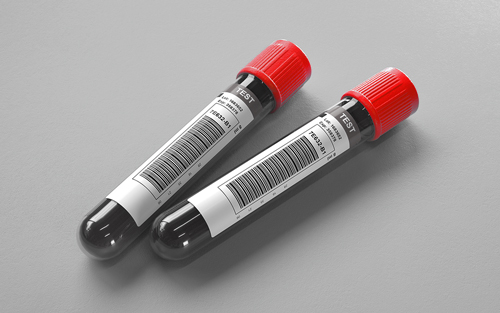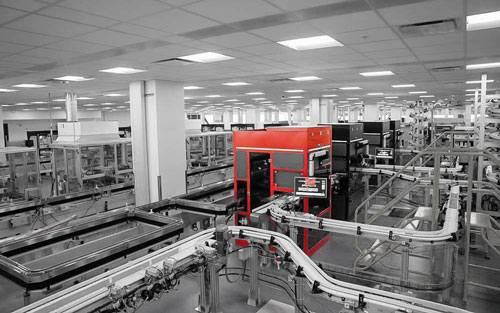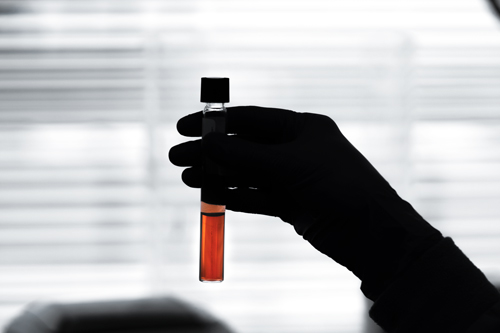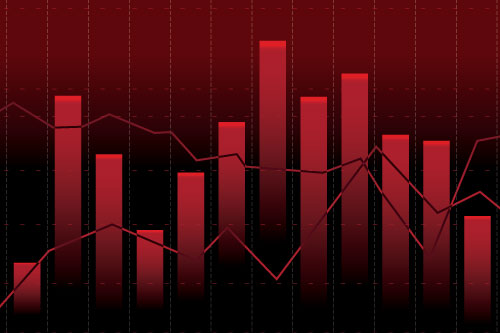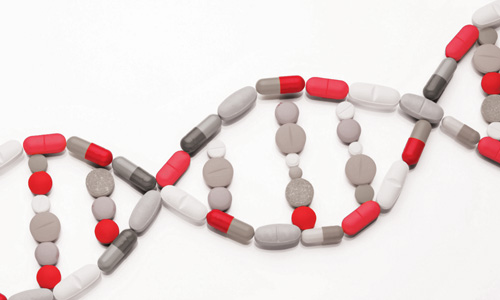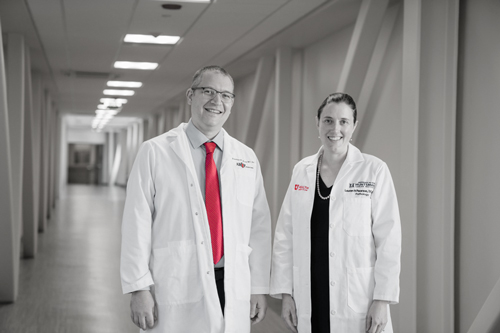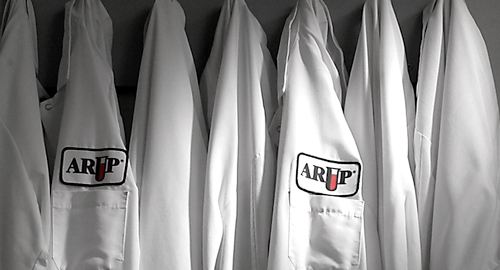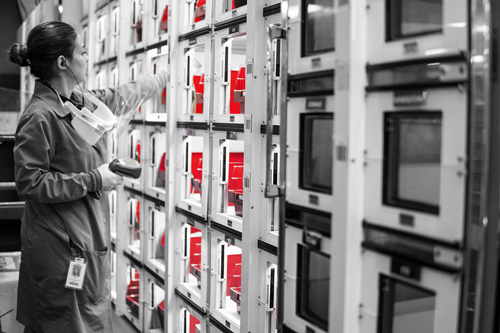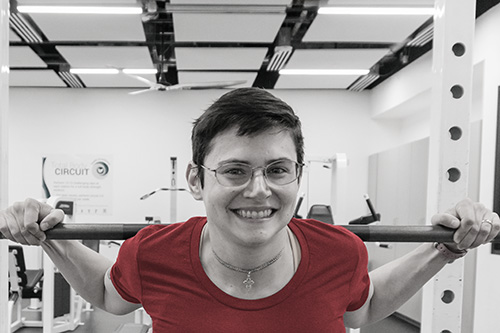Catecholamines Fractionated, Plasma
Ordering Recommendation
Not recommended for evaluation of pheochromocytoma or paraganglioma. Use to evaluate clinical symptoms of excess catecholamine secretion. For the assessment of pheochromocytoma and paraganglioma, refer to Metanephrines, Plasma (Free) (0050184) or Metanephrines Fractionated by HPLC-MS/MS, Urine (2007996).
New York DOH Approval Status
Specimen Required
Patient should be calm and seated for 15 minutes prior to collection. Alternately, patient may be calm and supine for 30 minutes prior to collection. Drugs and medications may affect results and should be discontinued for 72 hours prior to specimen collection, if possible.
Green (sodium or lithium heparin), lavender (EDTA). Collect on ice.
Specimen should be centrifuged and frozen within one hour (refrigerated centrifuge is preferred but not required). Transfer 3 mL plasma to an ARUP standard transport tube(Min: 1.1 mL)
CRITICAL FROZEN. Separate specimens must be submitted when multiple tests are ordered.
Serum or urine.
After separation from cells: Ambient: Unacceptable; Refrigerated: Unacceptable; Frozen at -20 C: 1 month; Frozen at -70 C: 1 year
Methodology
Quantitative High Performance Liquid Chromatography-Tandem Mass Spectrometry
Performed
Sun-Sat
Reported
1-5 days
Reference Interval
| Test Number |
Components |
Reference Interval |
||||
|---|---|---|---|---|---|---|
| Dopamine |
|
|||||
| Epinephrine |
|
|||||
| Norepinephrine |
|
Interpretive Data
Small increases in catecholamines (less than 2 times the upper reference limit) are usually the result of physiological stimuli, drugs, or improper specimen collection. Significant elevation of one or more catecholamines (2 or more times the upper reference limit) can result from a neuroendocrine tumor. Measurement of plasma or urine fractionated metanephrines should be used for assessment of suspected pheochromocytoma or paraganglioma.
Lower catecholamine concentrations are observed in specimens collected from supine adults.
To convert to picograms per milliliter (pg/mL), multiply the reported concentration for dopamine by 0.153, epinephrine by 0.183, and norepinephrine by 0.169
Access complete set of age- and/or gender-specific reference intervals for this test in the ARUP Laboratory Test Directory (aruplab.com).
| Supine Reference Intervals | |
|---|---|
| Dopamine | Less than or equal to 240 pmol/L |
| Epinephrine | Less than or equal to 265 pmol/L |
| Norepinephrine | 680-3100 pmol/L |
Laboratory Developed Test (LDT)
Note
Medications may interfere with catecholamines and metabolites. The effect of drugs on catecholamine results may not be predictable. (N Rifai, A R Horvath, and C Wittwer. Tietz Textbook of Clinical Chemistry and Molecular Diagnostics. Sixth edition. St. Louis, Missouri: Elsevier, 2018; Table 63.9.)
For optimum assessment, patient should be supine for 30 minutes prior to specimen collection.
Children, particularly those under 2 years of age, often show an elevated catecholamine response to stress.
Hotline History
Hotline History
CPT Codes
82384
Components
| Component Test Code* | Component Chart Name | LOINC |
|---|---|---|
| 0080069 | Catecholamine Interpretation | 49257-9 |
| 0080211 | Dopamine | 14703-3 |
| 0080212 | Epinephrine | 14711-6 |
| 0080213 | Norepinephrine | 14852-8 |
Aliases
- Dopamine
- Adrenalin
- Epinephrine
- Catecholamine Fractionation
- Catecholamines, Free
- Plasma Catecholamines
- Noradrenaline
- Norepinephrine
